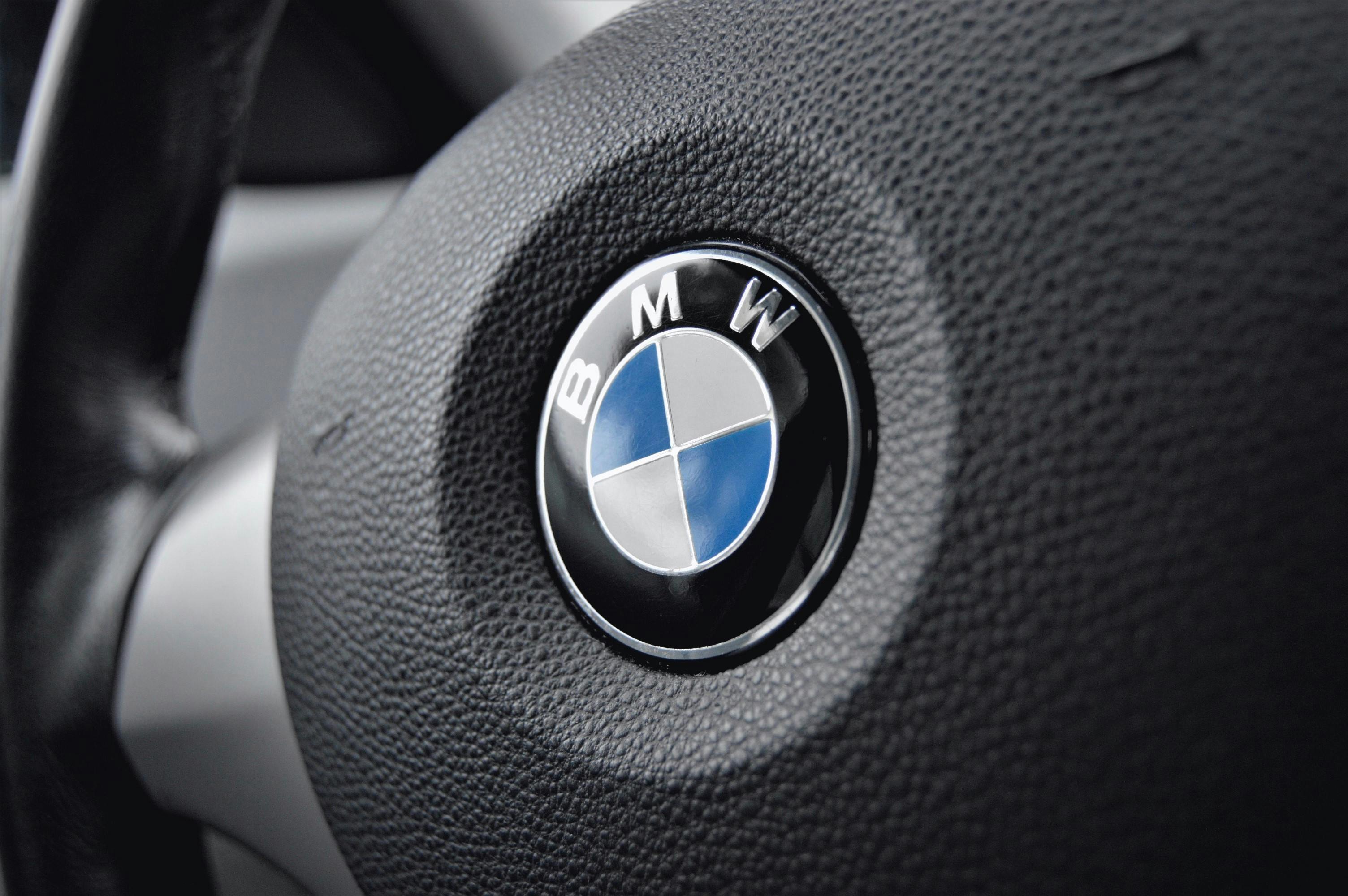Trump's Auto Tariff Increase: How It Affects
On March 26, 2025, President Trump signed an Executive Order raising the U.S. auto import duty to 25%, effective April 3, 2025. This dramatic increase from the previous 2.5% rate will cover all new and used cars, classics, and parts with no exceptions—unless something changes in the coming days.
The Announcement and Its Immediate Impact
As detailed in West Coast Shipping's initial analysis, the sweeping tariff would apply to all imported vehicles regardless of origin, representing a tenfold increase over the long-standing 2.5% rate. The announcement has already created significant market uncertainty, with automakers' stocks declining and concerns about import vehicles increasing in price.
Why Implementation Delays Seem Likely
Despite the announced April 2nd implementation date, there are several compelling reasons to expect potential delays:
-
Recent Precedent: The administration has delayed most tariff hikes on Canada and Mexico over the past two months during ongoing trade negotiations.
-
Scale Challenges: Applying this 25% duty overnight will be difficult given the United States' massive $400 billion annual car import market. Such a dramatic and sudden change would create enormous customs processing challenges.
-
Economic Disruption: The immediate implementation would cause significant market disruption for vehicles already in transit or recently purchased under the expectation of lower duties.
As we've seen with previous trade actions, the initial announcement often serves as the opening position in a more nuanced negotiation process.
The Strategic Objective: Reciprocal Trade Terms
Looking beyond the headline 25% figure reveals what appears to be the administration's true objective: negotiating lower reciprocal tariffs with trading partners. As explored in our article on potential EU tariff reductions, many U.S. trading partners currently impose significantly higher duties on American vehicles:
-
The European Union applies a 10% tariff on imported cars and 22% on trucks
-
Other markets like the UK, Australia, and New Zealand have similar tariff structures
The administration's stated goal is to leverage this dramatic tariff increase to achieve more balanced trade terms—ideally maintaining the U.S.'s traditional 2.5% duty while convincing trading partners to substantially reduce their rates.
Implications for Classic Car Enthusiasts
For collectors importing classic vehicles, the situation requires particular attention. Under current EU rules, vehicles over 30 years old enjoy reduced tariff rates. The Trump administration's blanket 25% tariff would apply regardless of vehicle age, potentially disrupting established patterns in the classic car market.
However, if negotiations succeed and result in reciprocal reductions across major markets, the classic car trade could ultimately benefit from harmonized and lower tariff structures globally.
Monitoring Developments and Next Steps
At West Coast Shipping, we are closely tracking this evolving situation. Several key questions remain unanswered:
-
Will the administration announce a delay before the April 2nd deadline?
-
What specific trade concessions will be required from partners to avoid the 25% tariff?
-
How might the car tariff increase be phased or modified in response to negotiations?
-
Will certain vehicle categories like classic cars receive exemptions or special consideration?
Given the complexity of international trade negotiations and the massive scale of the automotive sector, it seems likely that the situation will continue to develop significantly in the coming weeks.
For those planning vehicle imports or exports, we recommend maintaining close contact with shipping specialists and customs brokers who are monitoring these policy developments in real-time. While the 25% tariff announcement has created immediate uncertainty, the long-term goal of more balanced global auto tariffs could ultimately benefit international car enthusiasts and collectors.
We will continue to provide updates as this situation develops. For personalized guidance on how these potential tariff changes might affect your specific international vehicle shipping needs, contact our team today.
You May Also Like
These Related Stories

Trump’s 25% Tariff on Imported Cars – Impact on Car Imports & Wholesale Trade

Responding to US: What if the EU Lowered Car Tariffs from 25% to 2.5%?

-093789-edited.png?width=220&height=79&name=wcs_final_logo_(1)-093789-edited.png)